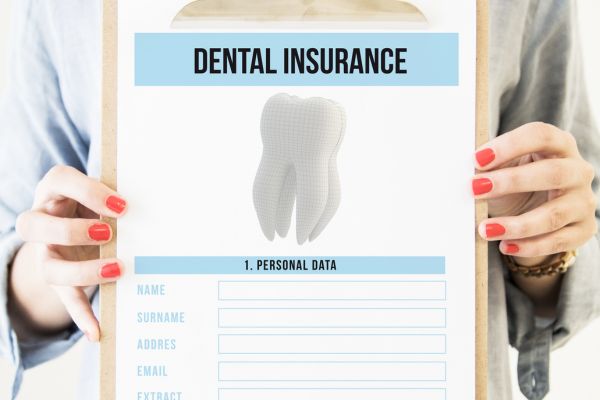Dental health is a critical part of overall well-being, yet many people are surprised to learn that their insurance policies offer limited coverage when it comes to dental procedures. Unlike health insurance, dental insurance often comes with tight annual caps, restrictive networks, and partial reimbursements, leaving patients to pay a significant portion by themselves.
In this blog, we’ll explore why most insurance plans don’t fully cover dental treatments, what types of procedures are most impacted, and how you can better manage dental costs in the long run.
What Dental Insurance Typically Covers
Dental insurance is usually designed around a “100-80-50 structure:
- 100% for preventive care (exams, cleanings, X-rays)
- 80% for basic procedures (fillings, root canals)
- 50% for major procedures (crowns, bridges, dentures)
However, this structure is subject to annual maximums with a specified cap. Once this cap is reached, patients must cover the full cost of additional treatment.
As dental technology and treatment costs rise, these caps often remain unchanged, making insurance less helpful for more complex or necessary procedures.
Why Major Dental Treatments Are Barely Covered
Here are the main reasons why most dental insurance plans don’t fully cover major treatments:
1. Low Annual Maximums
Annual maximums are the most limiting factor. While your medical insurance might cover hospital bills in the tens of thousands, your dental insurance may stop reimbursing you after a certain cap amount. If you need a crown, root canal, or oral surgery, you’ll likely exceed this limit quickly.
2. Pre-existing Condition Exclusions
Many dental plans have waiting periods or deny coverage for pre-existing conditions. This means if you already need a root canal or orthodontic work at the time of enrollment, it won’t be covered.
3. Cosmetic Procedures Aren’t Covered
Cosmetic dentistry, such as veneers, whitening, and clear braces, is rarely, if ever, covered. Insurance companies view these treatments as elective rather than medically necessary.
Even procedures with health benefits, like braces for jaw alignment or whitening for severe staining, often fall outside of covered care.
4. Limited Networks and Provider Restrictions
Dental insurance plans often use smaller provider networks. If your dentist is out of network, you may get no reimbursement or significantly reduced coverage.
This means that while a procedure might be covered at 80% that applies only within the network and on negotiated fees. Out-of-network car may cost much more.
Dental Coverage Is Designed for Prevention, Not Restoration
Another key reason for limited coverage is that dental insurance is structured around preventive care, not treatment.
Insurers aim to encourage patients to maintain oral hygiene through regular cleanings and checkups. The idea is that if you take care of your teeth consistently, you may avoid larger costs like extractions or implants.
However, this model falls short for patients who:
- Haven’t had access to preventive care
- Have hereditary dental issues
- Sustain injuries or trauma to the mouth
In those cases, insurance fails to support the very people who need help most.
Here is What You Can Do
If you’re frustrated with the gaps in your dental insurance, here are some proactive steps to manage costs:
1. Stay Ahead with Preventive Care
Regular cleanings, checkups, and early treatment help you avoid more expensive procedures. Insurance covers these best.
2. Ask for a Treatment Plan
If you need multiple procedures like braces or teeth aligners at home, your dentist may help you spread them across calendar years to stay within annual limits.
3. Explore Payment Plans
Many dental offices offer financing or partner with services like CareCredit to help spread out payments.
4. Consider At-Home Preventive Options
Tools like electric toothbrushes, fluoride rinses, and even at-home teeth straightening kits can help reduce long-term oral health costs by addressing issues early.
5. Know What’s Covered
Before undergoing treatment, request a pre-treatment estimate from your insurer so there are no billing surprises.
Wrap up
Most insurance plans don’t fully cover dental treatments because they were never designed to. With low annual caps, limited provider networks, and a focus on prevention rather than restoration, the system puts the financial burden on patients once serious problems arise.
To protect your smile and your wallet, focus on prevention, budget for bigger procedures, and be aware of your insurance limitations. Dental health isn’t just cosmetic, it’s a core part of your overall well-being. Make informed choices and advocate for the coverage you need.



